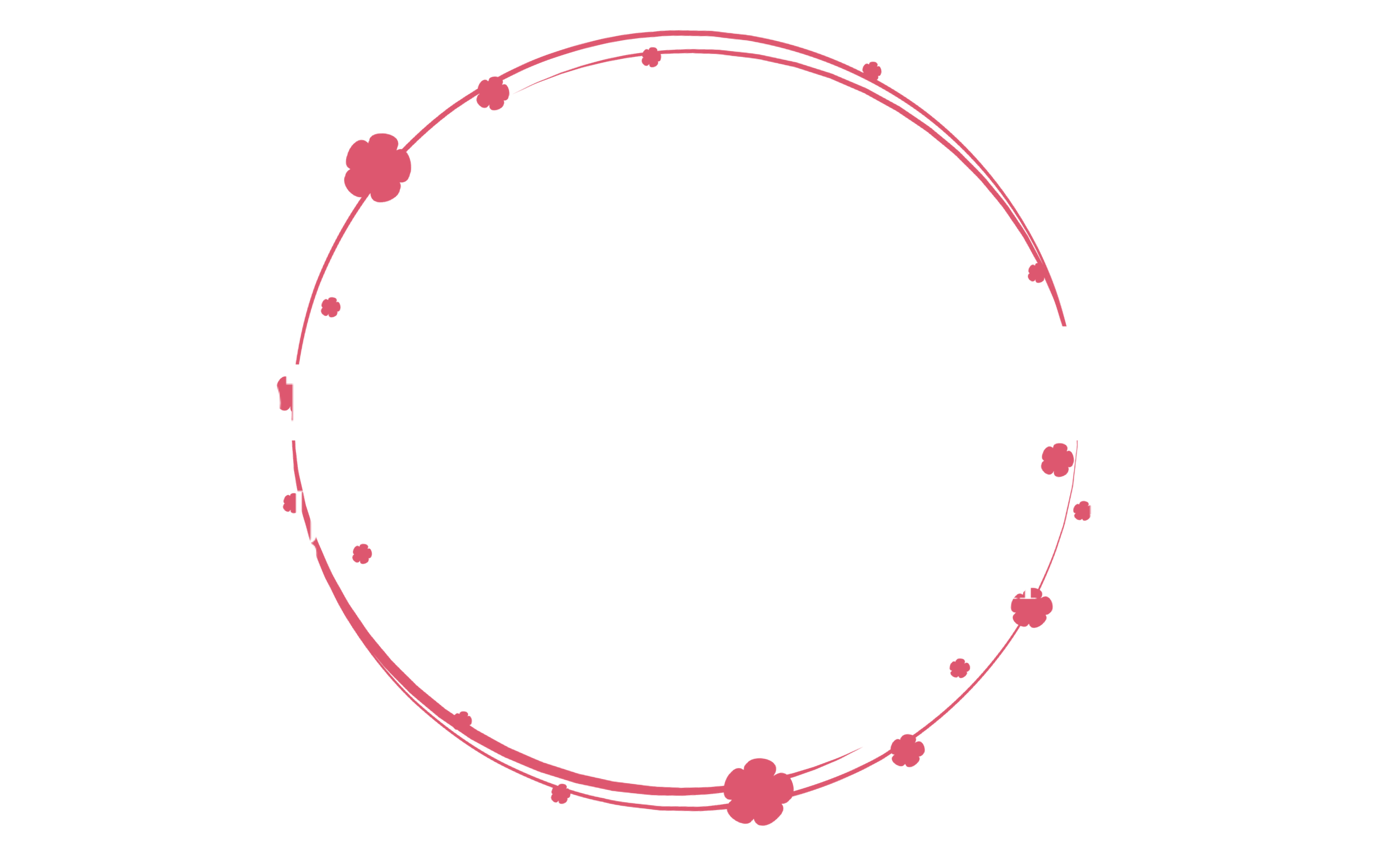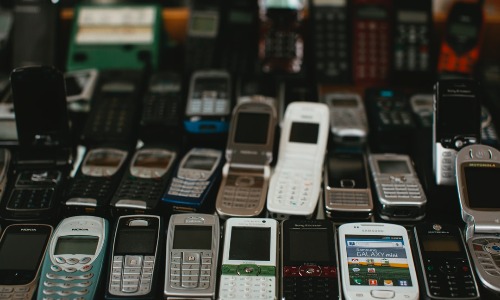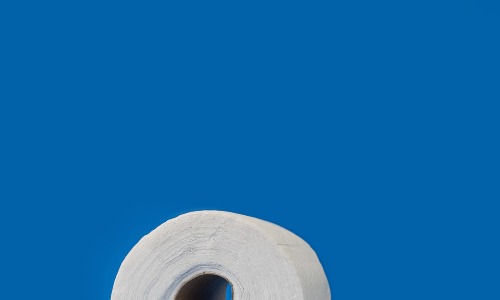Computer components include the electrical and digital components of a computer, including the main computer case, central processing unit, chip set top and random access memory. Computer components also include peripheral devices, such as printers, keyboards, scanners, mice, video cards, disk drives and external drives for data storage. The computer CPU is the brains of all the computer components and is available in many different varieties, each with its own set of features and capabilities. A typical computer is used to control processes such as data acquisition, email, internet, word processing, spreadsheets, graphic design applications, music creation, visual arts programs, and other computer related tasks. There are various brands of computer hardware on the market, and thousands of new computers are manufactured each year.

In keeping with recycling efforts, computer components can be recycled by separating, cleaning and reusing them. Recycling efforts are undertaken by companies such as Ecteon who offer to dispose of PCs and other computer parts that have been rendered obsolete or unsuitable for use. These outdated computers are offered for remanufacturing in a process that involves the recycled parts being remade into a new and effective product. This process is called refurbishment. Computer components can also be recycled if they have failed and are no longer of use to the end user.
The majority of computer components can be classified in one of two ways. Classified by their function, or output devices include those that output specific results, such as printers, disk drives, input devices such as keyboards, scanners, and mice. Output devices include things that do not perform a specific job, but rather act as an indicator that something else is happening. Examples of this category would be speakers, output devices and monitors.
Other computer components are part of the circuitry of the CPU. The central processing unit (CPU) is the brain of your computer and is responsible for all the everyday functions that occur on your machine. Other common computer components are the microprocessor, which controls and coordinates all the processes that your computer undergoes. Other popular computer components are the memory controller, which are responsible for managing and controlling the way how the RAM is installed in your CPU; the ROM which holds the programs and data that your computer requires in order to function; the boot device that make it possible for your PC to read and load programs that you might need on startup; and the graphics processor which produce the images that tell your monitor what to show you.
The third most important component that every CPU needs to operate correctly is the power supply. Power supply units are used to supply power to your computer’s motherboard and any other internal electrical components. Some computers will only need their power supply unit plugged into the wall whilst others will need a full range of power supply units available. There are many different types of power supply units available and they can come in different forms including plugs, cordless, wall plugs, USB plugs and in some cases even batteries. It’s important that your computer components are connected in the correct way as otherwise they may not work when they’re required most.
Computer components are very important for the proper operation of your PC. Each one connects to the rest and if they’re not working correctly, you will not be able to operate your PC correctly. As part of the USA federal government’s efforts to reduce e-waste from our nation’s landfills, most states have developed special laws regarding the collection, treatment and disposal of computer components. For more information regarding e-waste and how you can help reduce the impact it causes, visit the e-waste website listed below.
-
![USB Audio Adapter, DuKabel USB to three.5mm Jack TRS AUX Adapter for Constructed-in Chip USB Sound Card for Headset with Separate Plug TRS 3 Pole Microphones [Metal Housing & Durable Braided / 9.8inch]](https://m.media-amazon.com/images/I/41o-ToEzYrL._AC_.jpg) USB Audio Adapter, DuKabel USB to three.5mm Jack TRS AUX Adapter for Constructed-in Chip USB Sound Card for Headset with Separate Plug TRS 3 Pole Microphones [Metal Housing & Durable Braided / 9.8inch]$9.99
USB Audio Adapter, DuKabel USB to three.5mm Jack TRS AUX Adapter for Constructed-in Chip USB Sound Card for Headset with Separate Plug TRS 3 Pole Microphones [Metal Housing & Durable Braided / 9.8inch]$9.99 -
 Woozik Twist Wi-fi Headphones, Over Ear 2 in 1 Hybrid Headset with Constructed-in FM Radio, Micro-SD Card Slot, AUX, Quantity Management, Mic, Black$49.99
Woozik Twist Wi-fi Headphones, Over Ear 2 in 1 Hybrid Headset with Constructed-in FM Radio, Micro-SD Card Slot, AUX, Quantity Management, Mic, Black$49.99 -
 Ram Dass – Fierce grace$8.92
Ram Dass – Fierce grace$8.92 -
 FSP 65W AC Energy Adapter for Intel NUC Equipment Mini PC barebones Improve Substitute for FSP065-REBN2 and FSP065-10AABA (FSP065-RBBN3-R) Brick (65W)$36.99
FSP 65W AC Energy Adapter for Intel NUC Equipment Mini PC barebones Improve Substitute for FSP065-REBN2 and FSP065-10AABA (FSP065-RBBN3-R) Brick (65W)$36.99 -
 ProCase Arduous Drive Carrying Case Suitable with Canvio Fundamentals Western Digital WD Parts My Passport Seagate Moveable Backup Plus Slim 1TB 2TB 3TB 4TB USB 3.0, 2.5” EVA Shockproof Journey Case -Black$11.99
ProCase Arduous Drive Carrying Case Suitable with Canvio Fundamentals Western Digital WD Parts My Passport Seagate Moveable Backup Plus Slim 1TB 2TB 3TB 4TB USB 3.0, 2.5” EVA Shockproof Journey Case -Black$11.99 -
 Exterior DVD Drive for Laptop computer, Moveable Excessive-Pace USB-C&USB 3.0 CD Burner/DVD Reader Author for PC Desktops, Appropriate with Home windows/Mac OSX/Linux (USB C&3.0)$22.99
Exterior DVD Drive for Laptop computer, Moveable Excessive-Pace USB-C&USB 3.0 CD Burner/DVD Reader Author for PC Desktops, Appropriate with Home windows/Mac OSX/Linux (USB C&3.0)$22.99 -
 GIGABYTE A520M DS3H AC (AMD Ryzen AM4/MicroATX/4xDDR4/HDMI/Intel Twin Band 802.11ac WiFi/Realtek/ 3xPCIe/USB3.2 Gen 1/LAN/Motherboard)Product on sale$79.99
GIGABYTE A520M DS3H AC (AMD Ryzen AM4/MicroATX/4xDDR4/HDMI/Intel Twin Band 802.11ac WiFi/Realtek/ 3xPCIe/USB3.2 Gen 1/LAN/Motherboard)Product on sale$79.99 -
 Multi-Perform USB 3.0 Hub eSATA SATA Port Inner Card Reader PC Media Entrance Panel Audio for SD MS CF TF M2 MMC Reminiscence Playing cards$44.27
Multi-Perform USB 3.0 Hub eSATA SATA Port Inner Card Reader PC Media Entrance Panel Audio for SD MS CF TF M2 MMC Reminiscence Playing cards$44.27 -
 Toshiba MG04ACA600E 6TB 3.5″ SATA 6GBPS Enterprise HDDProduct on sale$59.00
Toshiba MG04ACA600E 6TB 3.5″ SATA 6GBPS Enterprise HDDProduct on sale$59.00







